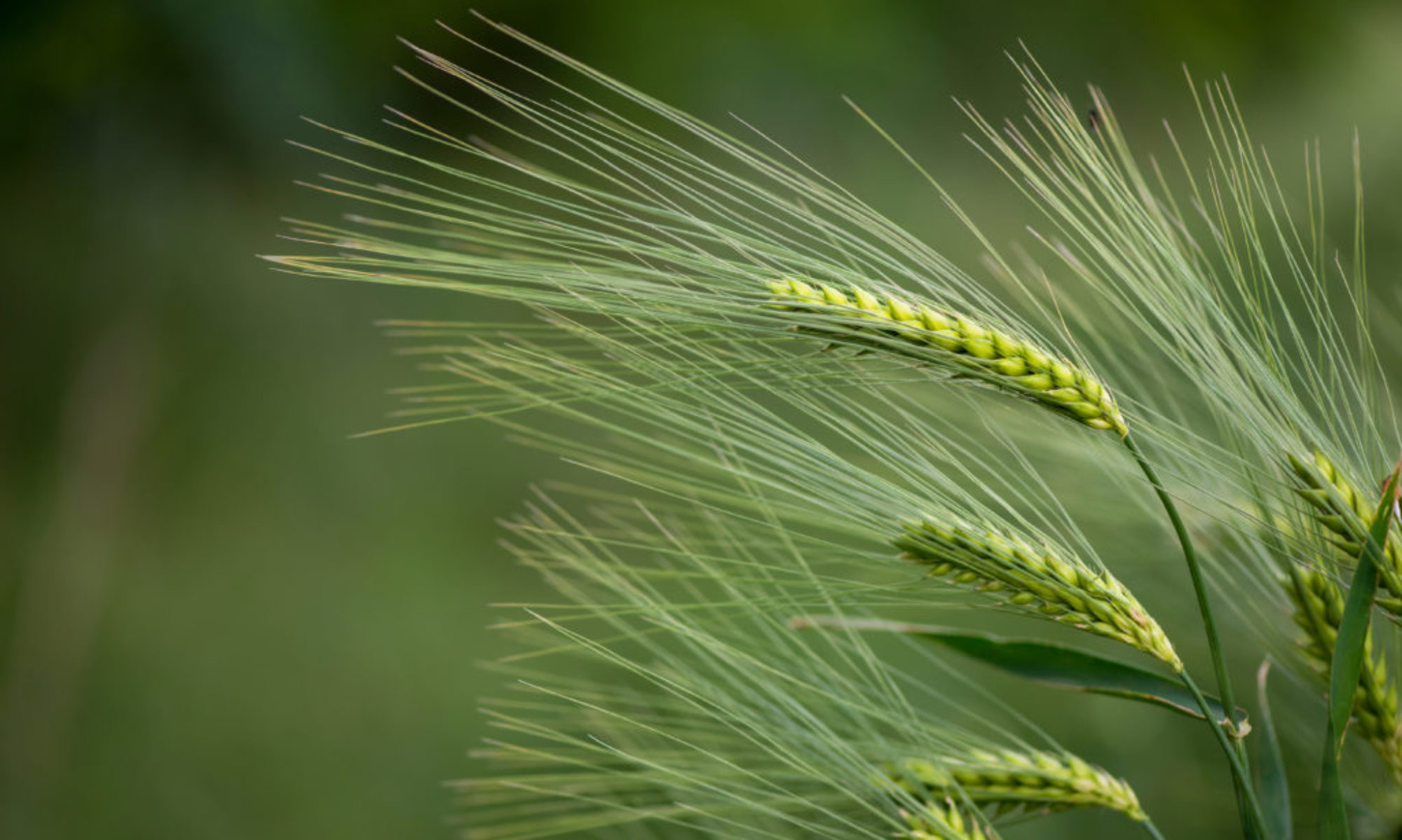By Jessie Topp
Type 2 diabetes (T2D) is among the most significant global public health challenges. The progression of T2D is directly linked to chronic hyperglycemia and chronic oxidative stress. Because of this, controlling hyperglycemia is a key strategy for T2D control.
Currently, pharmaceutical strategies to control chronic hyperglycemia use synthetic inhibitors. Unfortunately, there are many unpleasant side effects associated with the use of these drugs. As a result, greater emphasis has been placed on finding safer ways to control hyperglycemia using natural and commonly used food sources.
Plant food sources are one possibility that show promise in this area. This is because phenolic metabolites from plant food sources have been shown to inhibit the activity of certain enzymes (α-amylase and α-glucosidase), which is a key strategy for controlling chronic hyperglycemia linked to T2D. Since sprouts of cereal grains are a good source of these phenolic bioactive compounds, it is suggested that these compounds in cereal sprouts such as barley can be targeted to manage chronic hyperglycemia. Targeting these phenolic bioactive compounds can be done using seed elicitor treatments.
Seed elicitor treatments, also known as priming the seed, can be used to enhance the beneficial phenolic compounds needed to manage hyperglycemia. A study conducted at North Dakota State University’s Plant Science Department investigated whether seed elicitation can be used to develop enriched function food ingredients from barley sprouts targeting chronic hyperglycemia and oxidative stress linked to T2D.
The study found that seed elicitation treatments with marine protein hydrolysate (derived from seaweed and marine fish extracts) and chitosan oligosaccharide (derived from shells of marine crustaceans) can improve anti-hyperglycemic function in dark germinated barley sprouts. However, it is important to keep in mind that barley cultivars respond differently to seed elicitor treatments, so not all cultivated varieties of barley may be used in this manner. Ultimately, the results of this study suggest this seed elicitation approach can be used to develop bioactive enriched functional food ingredients from barley sprouts targeting hyperglycemia and oxidative stress linked to T2D.
Further research is needed to evaluate other barley cultivars, different grains and different elicitor treatment doses to validate this concept for wider food design and health relevant applications and use.
